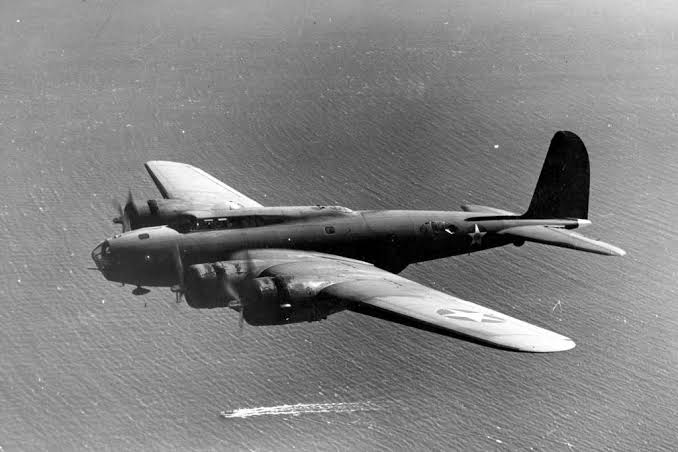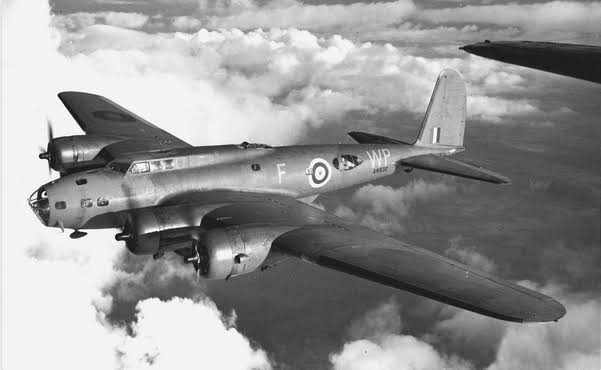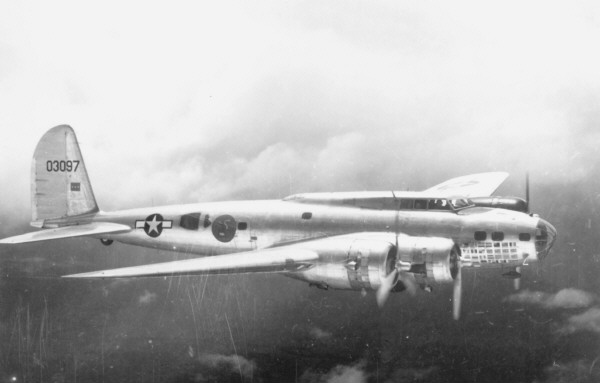Boeing B-17B (Early) Flying Fortress: The Birth of a Legend…
(Polls are at the Bottom)
Overview
It been a while! Happy New Years everyone, today or whenever you all see this, I would like to suggest an earlier variant of the legendary B-17 in game, this being the first mass-produced variant of the B-17, with a whooping… 39 built. This is the Boeing B-17B, the older sister of the famous B-17E/G family we already have in game. The B-17B being a much earlier variant, lacks many of the features and defenses seen on the later models, but has the robust and durable airframe that the Fortress’ are known for. But let’s take a deep dive later…
Basic Information
Designation:
-
B-17B (Military)
-
299M (Manufacturer)
Name:
- “Flying Fortress”
Role:
- Heavy Strategic Bomber
Crew:
- 6
Manufacturer:
- The Boeing Company
Total built:
- 39
Introduced:
- October 29, 1939
Retired:
- January 1, 1946
Specifications
Dimensions:
-
Length:
- 67 ft 10.2 in (20.68 m)
-
Wing Area:
- 1,420 sq. ft (132 m²)
-
Wingspan:
- 103 ft 9 in (31.62 m)
-
Height:
- 15 ft 5 in (4.70 m)
Flight Performance:
-
Engine(s):
-
4x Wright R-1820-51 Cyclone
-
Radial Engine
-
Nine-Cylinder
-
Air-Cooled
-
Turbocharged
-
-
1,200 hp (895 kW) each
-
150hp at IDLE
-
1,200hp at FULL
-
-
-
Maximum Speed:
- 292 mph (470 km/h)
-
Cruise Speed:
- 233 mph (375 km/h)
-
Service Ceiling:
- 24,620 ft (7,504 m)
-
Rate of Climb:
- 575 ft/min (2.92 m/s)
-
Max Range:
- 3,101 mi (4,990 km)
-
Empty weight:
- 20,300 lb (9,208 kg)
-
Max Takeoff Weight:
- 38,000 lb (17,237 kg)
Armament:
Armament (Defensive):
-
1x .30 in (7.62 mm) M1919 Browning machine gun on a flexible-mount in the nose
-
1x .30 in (7.62 mm) M1919 Browning machine gun mounted in a dorsal blister for the radio operator
-
1x .30 in (7.62 mm) M1919 Browning machine guns mounted in a ventral blister at the fuselage waist
-
2x .30 in (7.62 mm) M1919 Browning machine guns mounted on blisters, 1x on either side of the waist of the fuselage
Armament (Suspended):
-
Total Carrying Capacity: 4,800 lb (2,177 kg)
- Various AN-Model conventional Bombs in various configurations
Additional Information:
-
Fuel Capacity:
- 1,700 US gal (6,435 L) internal
Usage In Battles
The B-17B would make a interesting low-rank heavy bomber, as its would lack major defensive armament compared to other bombers, however it’s durable airframe allows it to sustain multiple hits that would devastate said other bombers, and carry a substantial bomb load. The B-17B would serve as a nice introduction to the heavy bombers in the US line.
Pros:
-
Great Armour
-
Great Bomb Capacity
-
Capable at BR
Cons:
-
Poor Turn Ability
-
Poor Defensive Armament
-
Slow to climb to altitude
History
The Boeing B-17B Flying Fortress marked a pivotal advancement in heavy bomber design during the late 1930s. As the first production model of the B-17 series, it introduced several key modifications that enhanced both performance and operational capabilities compared to the previous prototype and single B-17A.
Outwardly, the B-17B looked identical to its previous model, only visually featuring a larger rudder, and redesigned nose that eliminated the upper greenhouse gun turret and the belly bomb-aiming window. This change resulted in a decrease in overall length by 7 inches. The upper turret was replaced by a simple socket for a 30-inch flexible machine gun at the extreme tip of the nose, and the bomb-aiming window was replaced by an optical flat in the lower part of the Plexiglas nose fairing.
Beyond the naked eye, the engines were replaced with more powerful R-1820-51 engines, delivering a maximum of 1,200 horsepower for takeoff and 930 horsepower at altitude, with the addition of turbochargers for improved high-altitude performance, and the landing gear brakes were changed from pneumatic to hydraulic. Many internal systems were upgraded/replaced, and the crew were rearranged. The B-17B also was now equipped with the legendary Norden Bomb Sight, which in its introduction was so precise in its calculations and drop accuracy, it was claimed that a bombardier could drop “Bombs into a pickle barrel”. Due to its advanced capability, the USAAC considered it to be so secretive that the B-17B only had it installed before takeoff, and then removed and stored once landed, all of which is done under armed supervision.
The B-17B was armed with five .30-caliber machine guns, with one gun in each of the nose, dorsal, ventral, and two waist positions, apart from the nose gun, the defensive m1919s were all located in blister positions across the airframe.
The crew typically consisted of six to seven members, including the pilot, co-pilot, navigator, bombardier, flight engineer, radio operator, and gunners.
The first B-17B (S/N 38-211) flew for the first time at Seattle on June 27, 1939. Where it passed flight trials and was accepted into service. At the time, the United States Army Air Corps (USAAC) was still new and struggled to find significant funding, thus despite the 39 B-17Bs being built in a single run at Boeing, the USAAC struggled to purchase the aircraft all at once, leading them to have to be purchased in several batches, leading to B-17B serial numbers scattered over the several batches.
The first B-17Bs was built and delivered to the USAAC between July 29, 1939, with the last in March 30, 1940, assigned to the 2nd, 7th, and 19th Bombardment Groups. One was left unassigned however, which was retained at Wright Field for testing.
The B-17B would largely serve uneventfully throughout its service, however it would have a handful of notable flights: In November 1939, seven B-17Bs flew from Langley Field to Rio de Janeiro, Brazil, on a goodwill mission. All planes returned safely with no major incidents, demonstrating the safety and reliability of the B-17 design. On October 27, 1941, a B-17B serving with the 41st Reconnaissance Squadron of the 2nd Bomb Group based in Newfoundland attacked a German U-boat. Although the U-boat was undamaged in the attack, this incident marked the first time bombs were dropped in anger by the Army Air Forces against German forces. Interestingly, this incident occurred before the United States had occurred before the United States had openly declared war on the axis powers, leading to the American government having to cover up the event till later.
Many B-17Bs were modernized in 1940-41 to the “C” variant, incorporating features such as flush-type side openings and new “bathtub” for .50-inch machine guns and a, which had been introduced on the B-17C.
In October 1942, the remaining B-17Bs were redesignated as “RB-17Bs”, with the “R” standing for “Restricted,” meaning that they were to be excluded from combat, now relegated for training, transport, messenger, and liaison duties. The B-17B was retired on January 1st, 1946. There are no surviving examples.
Sources
List of Boeing B-17 Flying Fortress variants - Wikipedia
Boeing B-17B - The Little Aviation Museum
Factory-fresh B-17B 19th BG at March Field California November 1939 | World War Photos

- Yes
- No
- Tech Tree
- Premium
- Event
- Battle Pass
- Squadron
- I Said No
- 3.0
- 3.3
- 3.7
- 4.0
- 4.3
- Other (Explain in Comments)
- Again… No.



















